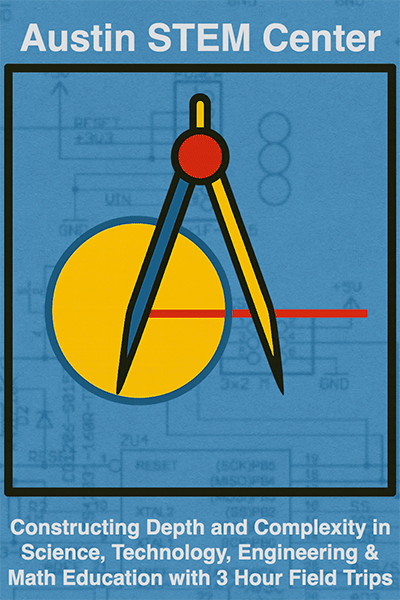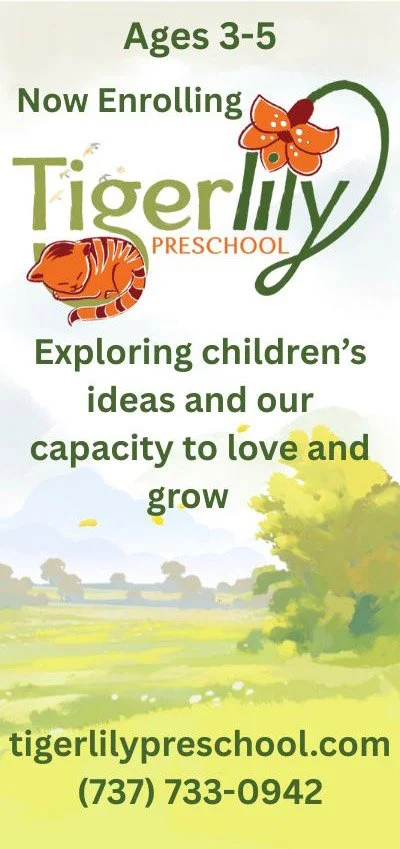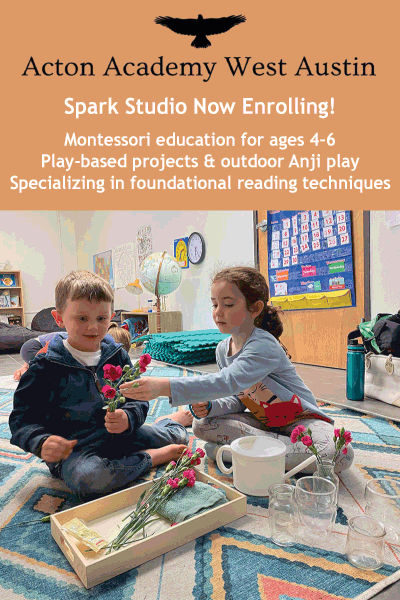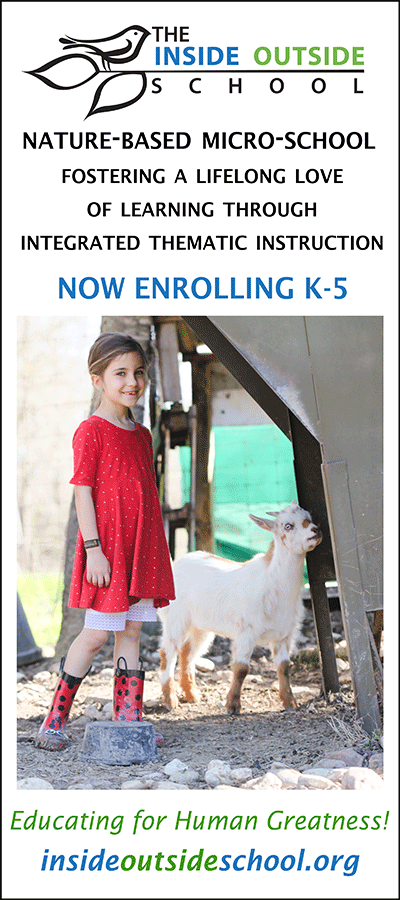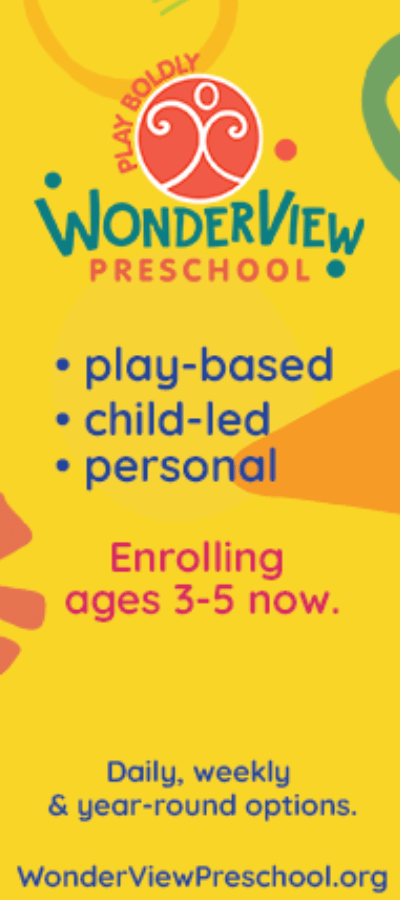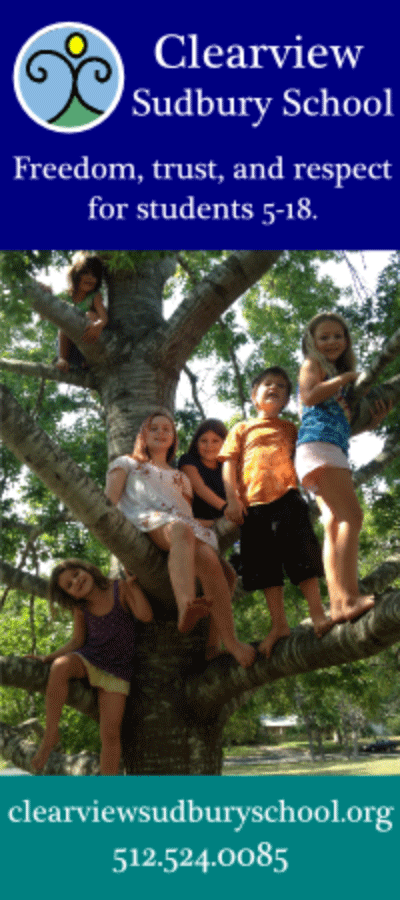Media Monday: If it’s fake, it ain’t news you can use
/For many years, I worked as a fact-checker for a magazine with high standards for accuracy and fairness, so for me, one of the most galvanizing and frightening trends of 2016 has been the spread of inaccurate and/or misleading “news” via websites and social media. I believe there’s not much that’s more important than getting the facts right, so I am thrilled that teaching young people—including elementary school students—to hold the media to high standards and to fact-check what they watch and read for themselves is a growing trend in schools.
In November, “Evaluating Information: The Cornerstone of Civic Online Learning,” a study from Stanford University, looked at how well middle school, high school, and college students understand whether they are looking at facts, opinions that are biased, advertisements, or absolute falsehoods online. The results were pretty discouraging. For example, in a survey of more than 200 middle-school students, the researchers found:
More than 80% of students believed that the native advertisement, identified by the words “sponsored content,” was a real news story. Some students even mentioned that it was sponsored content but still believed that it was a news article. This suggests that many students have no idea what “sponsored content” means and that this is something that must be explicitly taught as early as elementary school.
For many educators in the alternative ed community, the development of robust powers of analysis and critical thinking among their students is a foundation of the curriculum. Whether they rely on classical models like the Socratic method of interrogation or harness new digital technologies, the goal is to enable kids to navigate the murky depths of all the false, manipulative, and downright crazy information online so they can form educated opinions and contribute to civic and scientific conversations themselves.
One interesting effort, recently highlighted by NPR, is the National Literacy Project’s “Checkology” program, adopted in a few high schools in pilot form, and rolling out more widely in 2017. Checkology will initially be provided free to teachers who want to test the program. The interactive, self-paced activities are designed to teach kids how to assess the validity of many types of information.
As highlighted recently by Bill Moyers’s PBS TV show, the Center for News Literacy offers a great toolbox for parents, educators, and students who want to improve their ability to see information more objectively. Teens might be interested in the six-week free online course starting January 9, 2017, called Making Sense of the News: News Literacy Lessons for Digital Citizens.
For a little more information on what could very well be the essential topic in civics education for a long time to come, check out:
- Under 5 minutes, a little Ted Ed video is appropriate for kids from around 6th grade onward, providing a quick lesson in How to Choose Your News.
- On the Media, one of the best podcasts out there, consistently holds journalists to high standards of ethics and accuracy and put out a nifty little 11-point Breaking News Consumer’s Handbook that students of almost any age can understand, with items including: watch out for ALL CAPS and “if you’re not sure it’s true, don’t share it!”
- Chris Berdik, “How to Teach High-School Students to Spot Fake News,” Slate, December 21, 2016.
- Alan C. Miller, “Confronting Confirmation Bias: Giving Truth a Fighting Chance in the Information Age,” Social Education 80(5), 276–279.
- Joyce Valenza, “Truth, Truthiness, Triangulation: A News Literacy Toolkit for a ‘Post-Truth’ World,” School Library Journal, November 26, 2016.
- Professor Melissa Zimdars’s list and tips about False, Misleading, Clickbait-y, and Satirical “News” Sources is now available only as an archived PDF from another site because of the harassment she and her students received when the list went viral last fall. It was previously available as a Google doc as part of her college course; she plans to continue the project in another format that will allow for more protection from harassment.
Shelley Sperry






